A Glimpse into Europe’s Vast Automotive Tradition
On the 15th and 16th of April, the tranquil Belgian town of Kortrijk unfolded a spectacle like no other—the International Auto Show. The event, a testament to Europe’s profound automotive culture, showcased over a thousand cars, each distinctive in type and style. Classics, modern supercars, and authentic heritage models converged, enchanting thousands of automobile enthusiasts with the rich tapestry of European car culture.
A Narrative in Every Model
Unlike conventional auto shows focused on cutting-edge manufacturing prowess, Kortrijk’s display was a homage to the diverse and multifaceted narrative of European automotive culture. Each exhibit was not just a vehicle but a storybearer of its own past.
With the grand halls housing vintage automobiles, visitors found themselves amidst an array of 20th-century classics. Icons such as the Ford Model T, the Citroën B2, and the Volkswagen Beetle, each supplied by private collectors or institutions, meticulously restored to their former glory, breathed stories of historical valor and awaited the curious whispers of explorers eager to delve into their times.
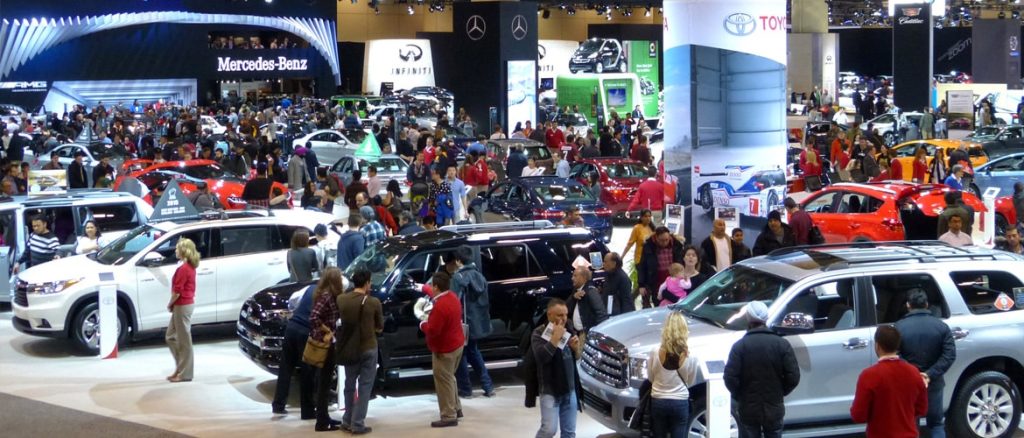
Collecting: A Cultural Cornerstone
In Europe, to collect is to preserve art, and automobiles have ascended to this vaunted status. Collectors, safeguarding vehicles of different eras and brands, are the unsung heroes nourishing the continuum and growth of car cultures, thereby facilitating academic and cultural discourse on automotive history.
Brick and mortar transformed into hubs of miniature wonder at the scale model stalls. These replicas, from celebrated classics to cinematic legends and avant-garde concept cars, encapsulate more than mere vehicles—they are vessels of nostalgia. As one vendor remarked, model collection is a sentiment shared, a thrill for those who revel in these minuscule beauties at home and kindred spirits who gather to exchange their passion and tales.
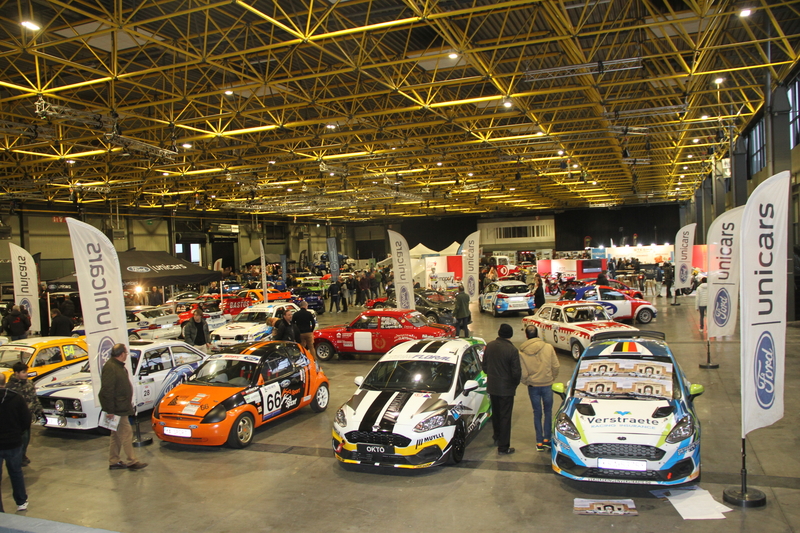
Beyond Functionality: A Cultural Expression
Since the genesis of automobiles, Europe has been pivotal in their manufacturing and evolution, fostering a unique culture encompassing design, utility, maintenance, collection, racing, and beyond. Europeans’ vehicular fervor transcends functional pragmatism, representing a nuanced expression of emotion and ideals.
Cars serve as canvases of personal identity and taste, crafting communities of like-minded aficionados. A flourishing automotive culture is not only the backbone of a vast and varied market but also a catalyst for technological prowess and innovation, nurturing novel and stimulating products and concepts.
As the industry navigates unprecedented technological shifts, one ponders the fate of traditional automotive heritage. The sector’s perseverance through brand uniqueness, compelling storytelling, and differentiated offerings may prove vital for its cultural and industrial renaissance.




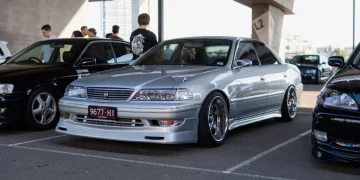

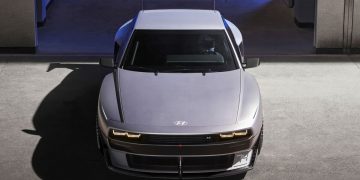
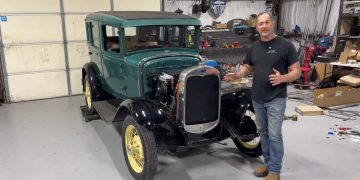



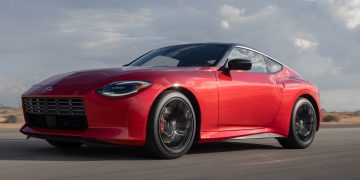


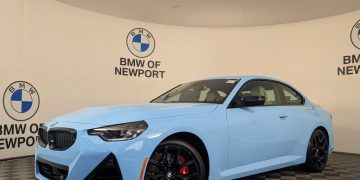





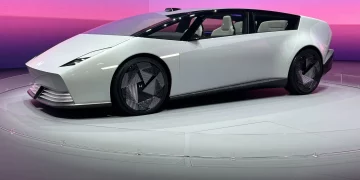













Discussion about this post